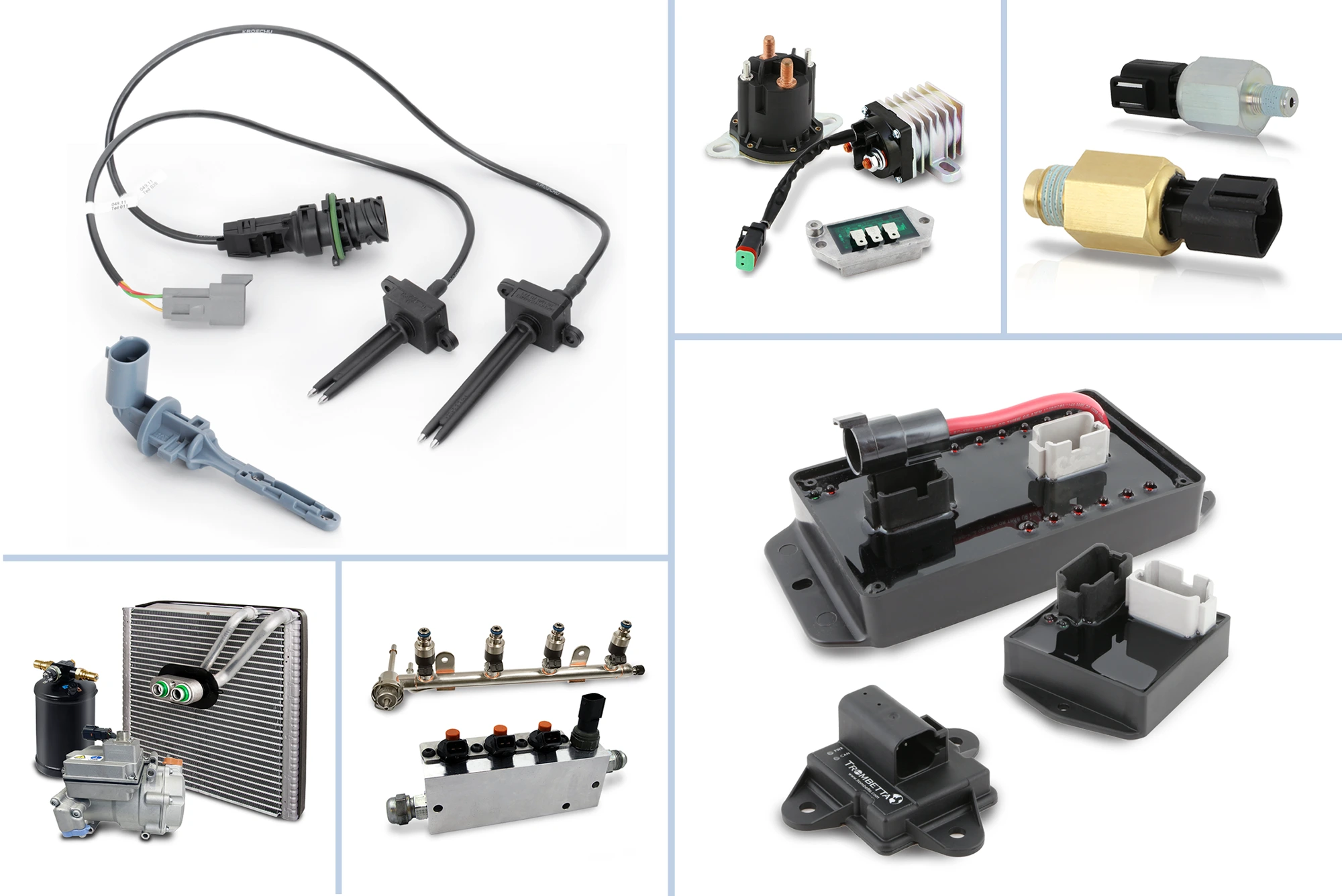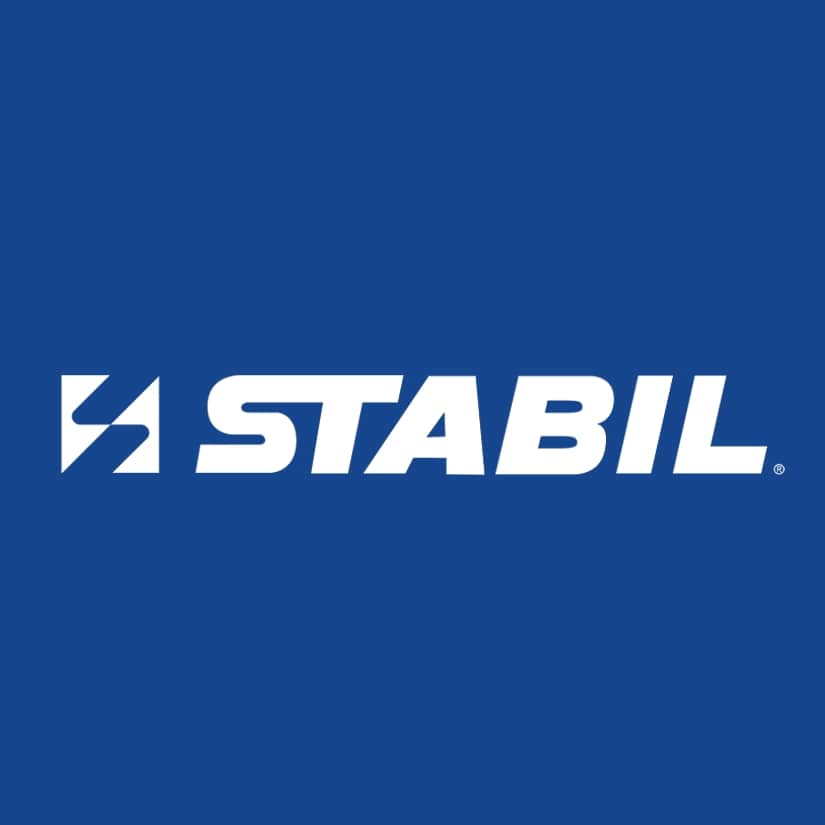January 29, 2024 / Training
A Closer Look: Electronic Throttle Bodies
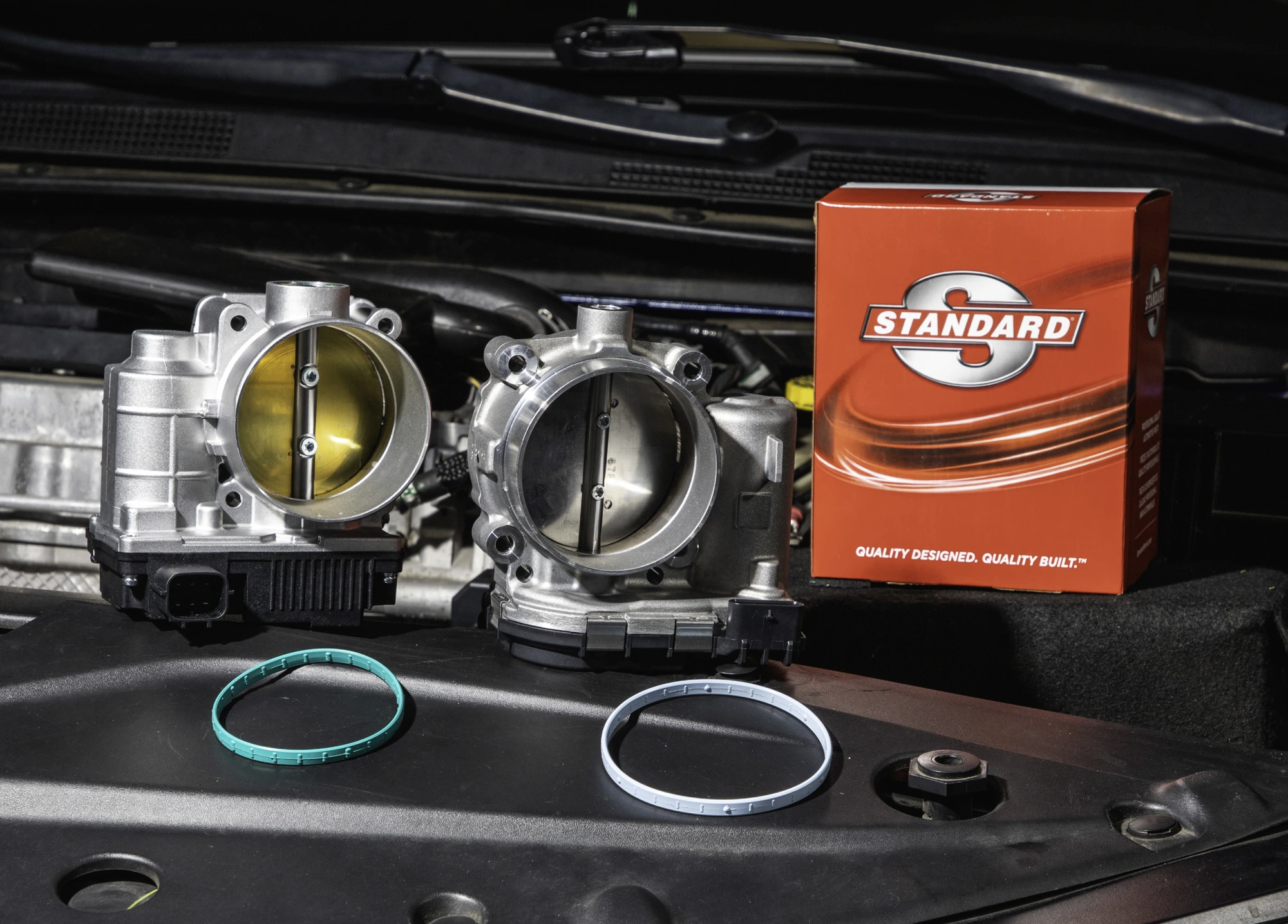
A shop’s reputation is affected by things like accuracy of diagnosis, quality of the repair, and friendly service. Equally as important is the quality of the parts installed. If the shop does everything right, and the part fails, the customer will ultimately be upset with the shop. When a new part fails, the customer is inconvenienced again, and begins to lose faith with the shop that performed the work. This ultimately begs the question – why take a chance with inferior parts?
Electronic Throttle Control (ETC) has been around for decades and can be found on most vehicles. It is important for technicians to understand the principles of the system before delving into specifics.
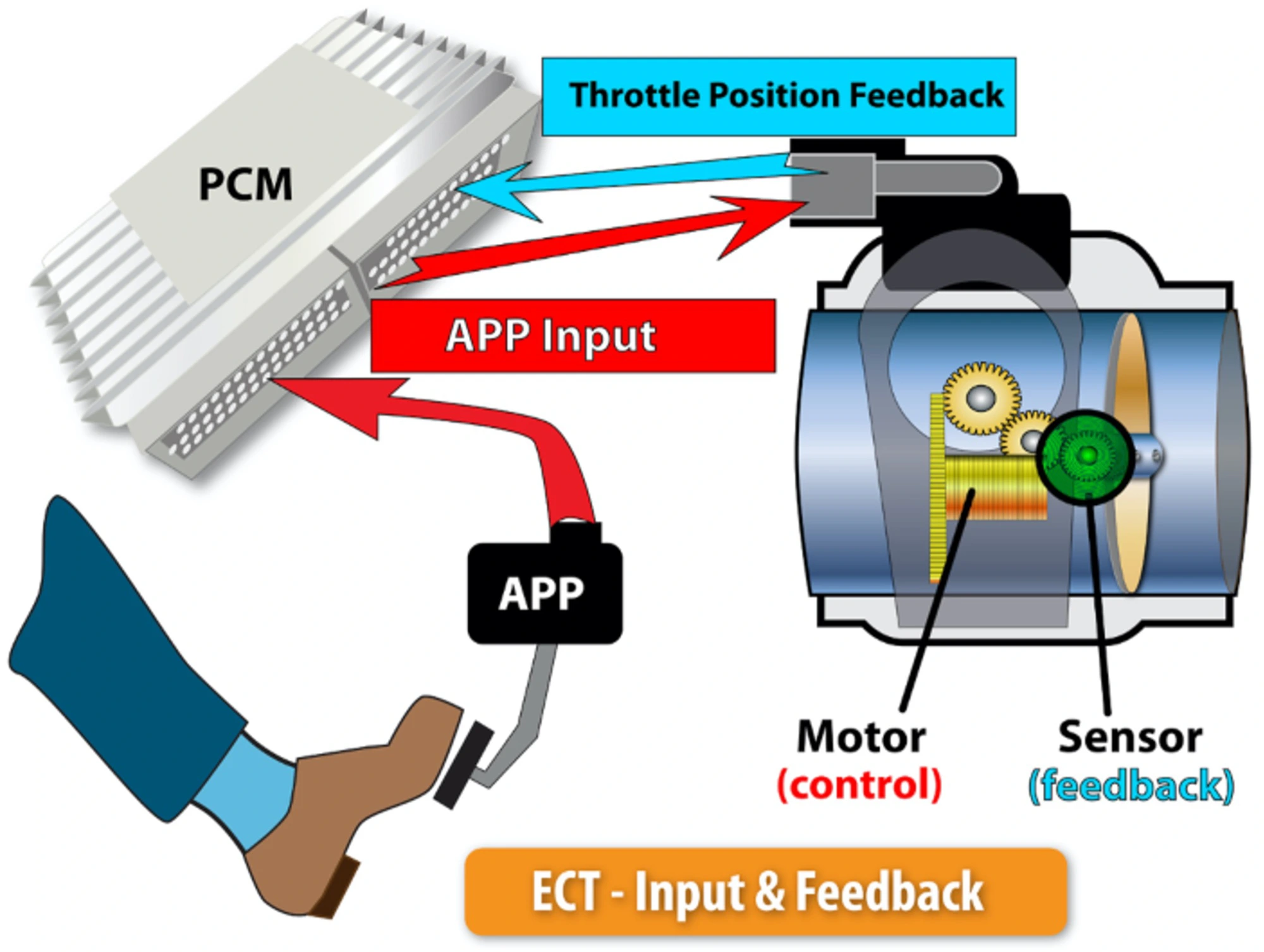
The Accelerator Pedal Position Sensor (APP)
The Accelerator Pedal Position Sensor (APP) is the driver’s input to the PCM or ETC standalone module. In older vehicles, a throttle cable physically operated the throttle blade, based on the amount of pressure applied to the gas pedal. Today, most vehicles no longer use a throttle cable, which has been replaced by APP sensors mounted on the accelerator pedal. Since input from the APP sensors is critical to vehicle safety, there is a system of checks and balances in place to prevent unintended acceleration or no acceleration. The sensors often change at varying rates to assure the system that signal lines aren’t crossed and the system is operating correctly. Additionally, to ensure that the driver experiences a familiar feel when pressing on the accelerator pedal without a throttle cable, these pedals usually incorporate a calibrated spring assembly.
The Powertrain Control Module
The Powertrain Control Module is still the brains of the operation. While some ETC applications have a standalone control module, most rely on the PCM for control. The PCM analyzes the inputs from the APP and commands the throttle body to act appropriately. The PCM will then analyze the feedback from the multiple Throttle Position Sensors to monitor and adjust the position of the throttle blade according to the driver’s request and the vehicle’s demand.
Electronic Throttle Bodies
Most electronic throttle bodies use two wires that control the throttle body motor function, similar to the control of a power window motor. To drive the throttle blade open, power is supplied on one wire, while the other wire is supplied ground. In order to close the throttle blade, the polarities will be reversed.
The throttle body also incorporates multiple Throttle Position Sensors. These are similar to APP sensors in that multiple sensors are used for safety and each sensor operates independently of the other sensors.
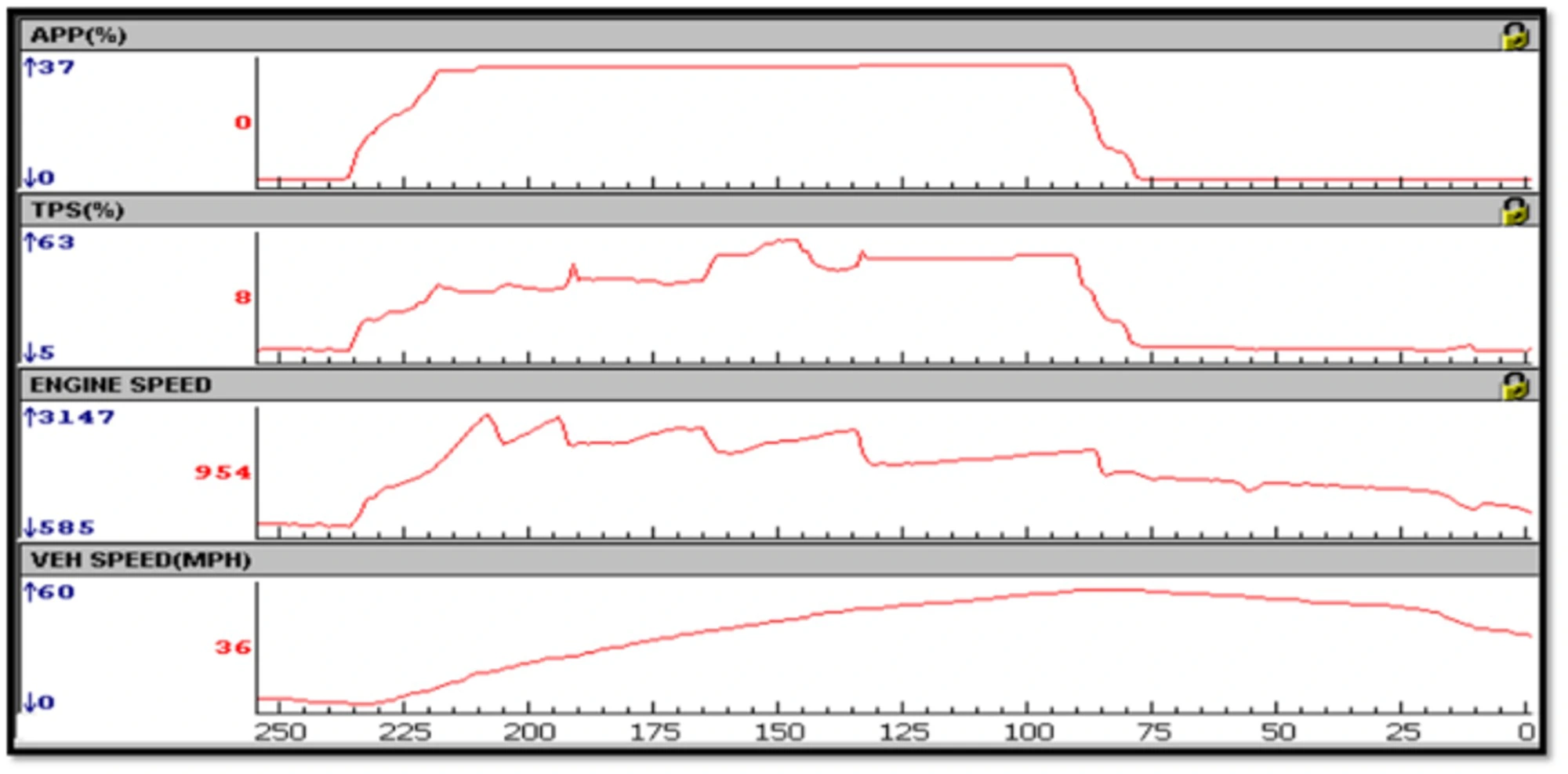
The throttle body is where the actual work is performed when it receives the command from the PCM. Again, it is important to understand that there isn’t a direct correlation between the APP and the throttle opening. Just because someone has the pedal pressed to the floor, the throttle body won’t necessarily be wide open. The PCM will command how much the blade opens based on a number of inputs and driving conditions. As seen in the capture above, the driver pressed the APP all the way to 100%, but the throttle angle gradually changed and altered to protect the powertrain.
When attempting to diagnose an electronic throttle control fault, it is important to follow Diagnostic Trouble Codes carefully, always check Technical Service Bulletins and seek out software updates. Many times, the DTC will be divided into three areas: APP, logic (PCM or wiring) or throttle body (TPS). It is also important for the technician to keep in mind that other areas of the vehicle’s control system may cause throttle-related symptoms that aren’t necessarily faults of the electronic throttle control system. For example, wheel-speed sensor faults could affect throttle opening and should be diagnosed first.
Tech Tip
In order to avoid idle drivability concerns after a component from the electronic throttle system has been replaced, it is important that the PCM memory be erased, and the electronic throttle control system values be learned. This process can vary depending on the manufacturer, from a simple reflash to an extensive relearn procedure. In some cases, these values can be learned by operating the engine for two minutes in park with AC off, two minutes in park with AC on, two minutes in drive with AC off and two minutes in drive with the AC on. Always refer to service information for the specific procedure for the vehicle you’re working on.
For more tips on installation processes and relearns, check out our Standard Brand YouTube channel and view our Electronic Throttle Bodies playlist, or simply search “throttle” on the channel.
Quality First
Earlier, we mentioned the importance of selecting a quality Electronic Throttle Body–why not give your customers the best throttle body? Standard® offers the most comprehensive ETB line in the aftermarket, with more than 200 premium ETBs covering more than 190 million vehicles in operation. Every Standard® ETB is 100 percent new, never remanufactured, and includes gaskets where required for a complete repair. Additionally, Standard® ETBs undergo extensive calibration and testing including on-vehicle and end-of-line testing to make certain that every ETB performs up to the brand’s critical standards.
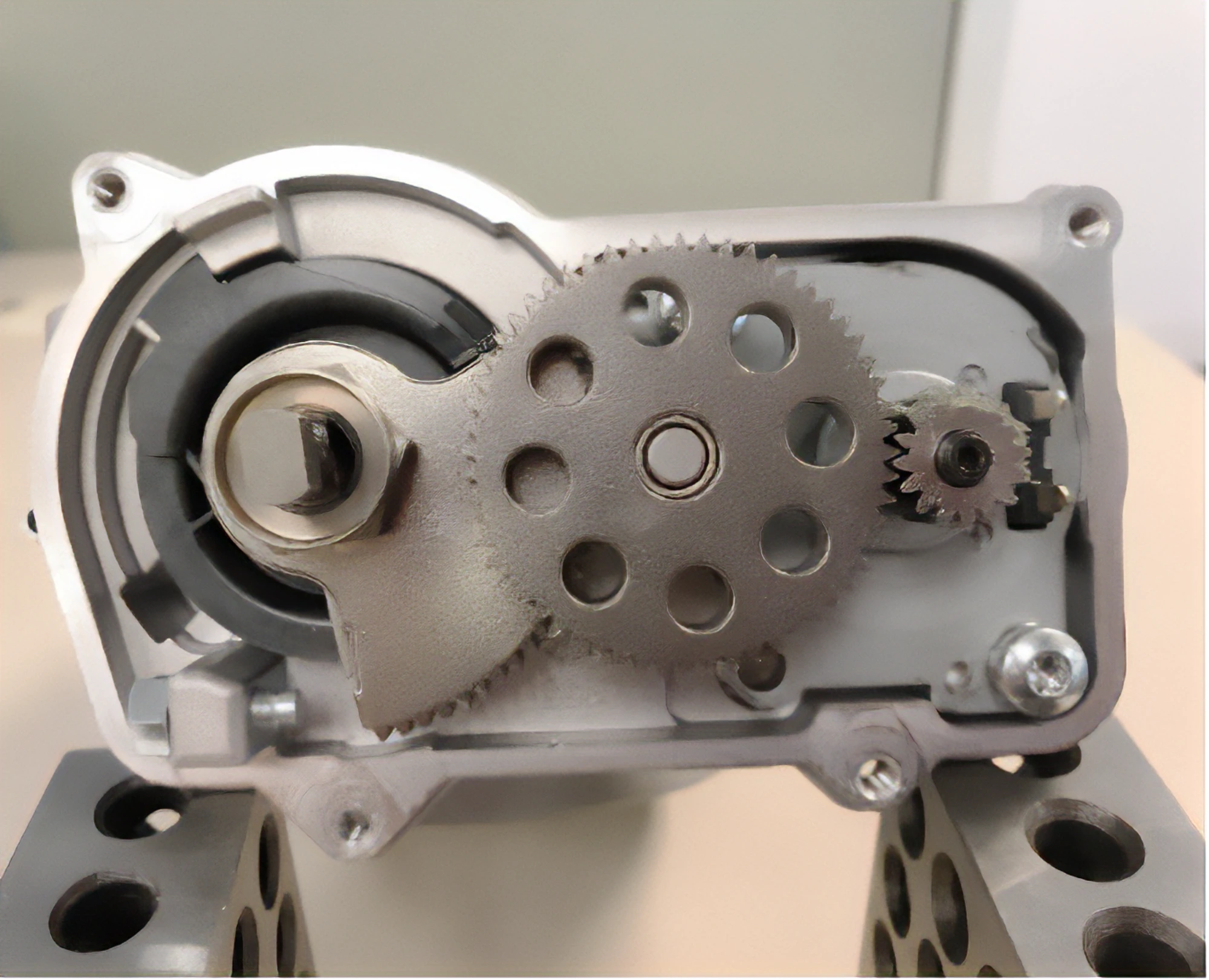
ETBs feature complex gear trains with no oil, rotating back and forth hundreds of times per mile. Standard’s S20006 ETB gearset is made of stainless steel, conforming to the highest standards of precision for a better-performing and more durable ETB.
All Standard-manufactured ETBs are built in North America in an IATF 16949-certified facility. As an expert manufacturer, Standard® engineers identify weaknesses in original equipment ETBs and design upgrades to the failure-prone components. For instance, Standard® engineers noted many failures of original equipment ETB gears, so they capitalized on their extensive gear design experience to develop a stronger, longer-lasting ETB gear. During the manufacturing process, Standard® assembles and calibrates the components and validates output voltages to ensure that the replacement ETB performs as the OEM intended in all driving conditions and situations.
In addition to the highest-quality replacement ETBs, Standard offers a full line of key components necessary to repair the electronic throttle control system, including Throttle Position Sensors, Accelerator Pedal Sensors, Variable Intake Manifold Actuators, and ETB Connectors — everything needed for a complete repair. When OE fails, technicians trust Standard® to deliver all of the parts they need with quality they can trust.
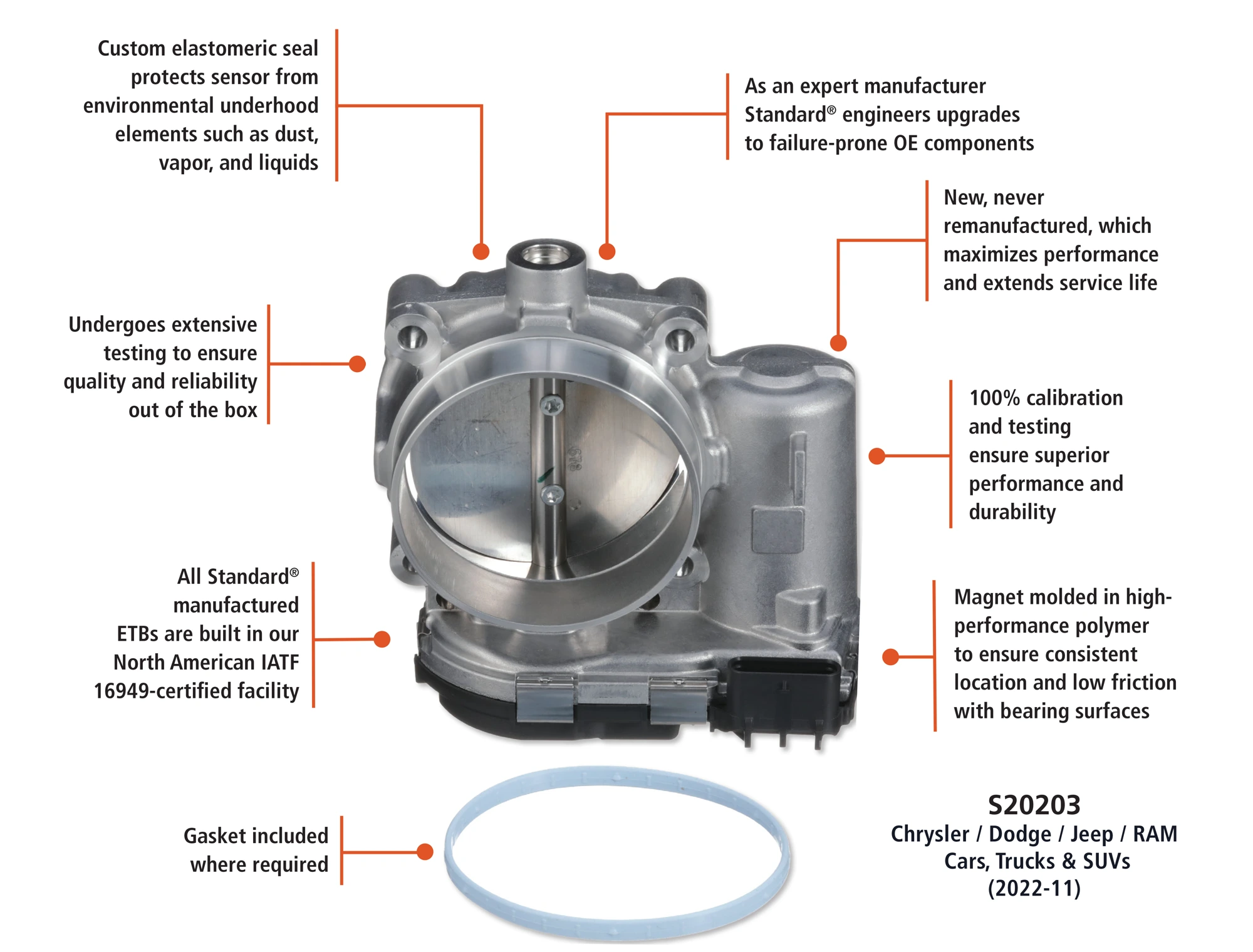
August 15, 2022 / Training
Variable Valve Timing (VVT) Repair Tips
Variable Valve Timing (VVT) or Variable Cam Timing (VCT) is common on most newer engines. These systems are designed to reduce emissions and maximize engine performance and fuel economy. Here's some background on VVT and a few tips for dealing with issues that come up.
August 22, 2022 / Training
Variable Valve Timing (VVT) Operation
Variable Valve Timing (VVT) systems help reduce emissions and maximize engine performance and fuel economy. The VVT Solenoid (Oil Control Valve) meters the oil flow to control the actuation of the VVT Sprocket (Actuator or Phaser). The VVT Sprocket mechanically shifts the position of the camshaft. Here are a few tips for testing.
August 08, 2022 / Training
Turbocharger Diagnosis Tips
Turbocharged engines are becoming more popular, as vehicle manufacturers look to increase fuel efficiency, maintain performance and reduce emissions. Symptoms of a malfunctioning turbocharger include loss of power, excess smoke, high fuel consumption, overheating, high exhaust temperature and oil leaks from the turbo. Here are a few important diagnostic and repair tips to keep in mind.
August 12, 2022 / Training
Tire Pressure Monitoring System (TPMS) Repair Tips
The Tire Pressure Monitoring System (TPMS) is a safety device that measures, identifies and warns you when one or more of your tires is significantly under-inflated. Standard® and Intermotor® are committed to helping technicians with TPMS repairs, whether it’s offering OE-Match TPMS sensors or providing repair tips from our team of ASE-certified master technicians. Here are a few TPMS repair tips.
August 05, 2022 / Training
Mass Air Flow (MAF) Sensor FAQs
The Mass Air Flow (MAF) sensor is a key component of the engine’s fueling strategy. It is crucial that the MAF sensor reports with 100% accuracy to ensure peak performance, fuel economy and reduced emissions. Here are some helpful tips such as how and when to replace them and steps to extend their longevity.
August 19, 2022 / Training
Ignition Coil Operation
Coil-on-plug assemblies are designed to convert a low voltage (primary side) to a high voltage (secondary side) to fire the spark plugs. They perform the functions of both the ignition coil, which creates the spark energy, and the spark plug wire set, which delivers the high-voltage energy to the spark plug. Today's coil-on-plug assemblies come in a variety of physical and wiring configurations.
August 01, 2022 / Training
Diesel Engine Repair Tips
Diesel Engines have become more popular thanks to a steady string of advancements. New engine designs, noise and vibration-damping technologies, and improvements like electronic engine control have spawned a new generation of engines that are more powerful and fuel efficient than similar-size gasoline engines. Learn more about today's diesel engines with these repair tips from our team of ASE-certified master technicians.
January 01, 2023 / Training
A Closer Look: Variable Valve Timing
In an effort to increase fuel efficiency and elevate performance across today’s vehicles, nearly every manufacturer has equipped new vehicles with Variable Valve Timing (VVT) technology, also known as Variable Cam Timing (VCT).
January 05, 2024 / Training
A Closer Look: Turbochargers
Turbocharger Opportunities: In an effort to increase fuel efficiency, maintain performance, and reduce emissions, vehicle manufacturers are adding turbocharged engines to their lineups at a significant rate. Over the next five years, the turbo service market will continue to experience substantial growth.
September 19, 2022 / Training
A Closer Look: Turbocharger Operation and Installation
Turbochargers consist of just three major internal components: the turbine, the compressor and the bearing system that supports the turbine shaft. In an effort to increase fuel efficiency, maintain performance and reduce emissions, vehicle manufacturers are adding turbocharged engines to their lineups at a significant rate.
September 16, 2022 / Training
A Closer Look: Tire Pressure Monitoring Systems (TPMS) Operation
The Tire Pressure Monitoring Systems (TPMS) is a valid safety device that has been mandated for years. TPMS introduced a lot of new terminology – initiate, program, activate, clone, protocol and relearn. This safety system, a prime service opportunity, warns drivers of issues with their tires and protects motorists from potential danger.
January 15, 2024 / Training
A Closer Look: Servicing Electric and Hybrid Vehicles
Hybrid vehicles have been sold in the U.S. for over 20 years. As hybrids continue to grow in popularity, and as fully electric vehicles have entered the market in the past several years, they have brought with them numerous service opportunities for aftermarket repair facilities. Whether shops dive in and get involved with replacing batteries, inverters, or other high-voltage components, or they stick to light-duty servicing, there is plenty of work to go around.
January 08, 2024 / Training
A Closer Look: Ignition Coils
Engine misfires, rough idle, a decrease in power under acceleration, poor fuel economy, and a check engine light are all signs of an ignition coil that has failed. OE coils are known for their high failure rates. Read along for more information on ignition coils, how to diagnose a failed one, and why an original equipment manufacturer’s coil may not be the best replacement choice.
January 12, 2024 / Training
A Closer Look: Gasoline Direct Injection (GDI)
Gasoline direct injection (GDI) is used on most new vehicles and requires a different approach to diagnosis and service. GDI technology has been an integral part of helping to improve fuel economy while reducing emissions and can be found in more than half of the U.S. fleet. In fact, the use of GDI engines has grown by over 600% since 2010. This means that in the next five years, 42 million more vehicles with GDI will enter the Aftermarket “Sweet Spot” of 6-12 years old, during which their injectors and related parts may need to be serviced or replaced. While GDI systems have proved effective, these systems encounter specific failures and require an understanding of how they work and how to test them when they set a code.
September 12, 2022 / Training
A Closer Look: Electronic Throttle Bodies and Control Systems
Electronic Throttle Control (ETC) systems are responsible for improving fuel economy, reducing emissions, protecting powertrain components and providing an overall better driving experience. Most vehicles on the road today use ETC. It is important for technicians to understand the principles of the system before delving into system specifics.
September 09, 2022 / Training
A Closer Look: Blower Motor Resistor Operation
Blower Motor Resistors (BMR) control the electrical current flowing from the fan switch to the blower fan, which allows the motorist to set the fan at different speeds. The fan speed can be changed by switching the blower resistor resistance mechanically, using a rotating lever, or electronically, by the air conditioning system.
September 05, 2022 / Training
A Closer Look: Anti-Lock Braking (ABS) System Operation
The Anti-Lock Braking System (ABS) is concerned with monitoring and controlling wheel slip, which helps maintain vehicle control. The major components of every ABS system are: wheel speed sensors, brake switch, brake master cylinder, EBCM and hydraulic assembly containing the pump motor, accumulator, valves and solenoids.
January 19, 2024 / Training
A Closer Look: Advanced Driver Assist Systems (ADAS)
Advanced Driver Assist Systems have created quite a buzz over the last several years. New business opportunities continuously arise, including a new segment of mobile technicians focusing on ADAS calibrations. While ADAS may still seem relatively new, automotive service professionals have actually been servicing Driver Assist Systems for decades. Systems like power steering, power brakes, and cruise control have been assisting motorists for many years. What is different with ADAS is that there are now input devices to understand what the driver’s intent is and alert the driver to potential dangers, rather than relying solely on the driver’s sight and sound.
January 22, 2024 / Training
A Closer Look: ABS Sensors
Anti-lock Braking Systems are intended to do exactly as the name portrays – prevent a vehicle’s wheels from locking up during a braking event. If any of the wheels lock up, the driver has less control of the vehicle and is more prone to an accident. By releasing some brake pressure to the locked-up wheel, the stopping distance will be increased, but the driver will be able to maintain control to hopefully avoid a collision. Prior to ABS, drivers were taught to pump the brake pedal when attempting to stop suddenly, or when stopping on gravel, ice, or loose pavement. Now, the ABS system does that for them.
